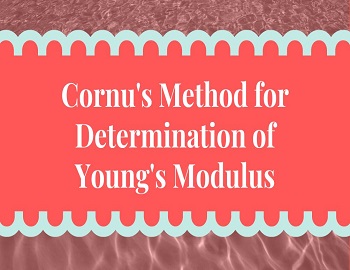Isothermal Process ΔT = 0:
When a substance melts, its temperature remains constant. The boiling also takes place at a constant temperature. In many practical situations, we have to expand a gas in such a manner that its temperature does not change. We call all such processes as isothermal processes where temperature is not allowed to change. Thus,
An isothermal process is a process that is carried out in such a manner that the temperature of the system remains constant.
In an isothermal process, none of the quantities ΔQ, ΔW, ΔU is, in general, zero. Of course, in the case of an ideal gas ΔU = 0. Some examples of isothermal processes are described below:
(1) Boiling- When a liquid boils at a constant pressure, its temperature remains constant. So the average translational energy of the molecules does not change during phase transformation. However, the internal energy does increase, showing that a part of internal energy is related to other factors than the translational kinetic energy of molecules.
(2) Melting- During melting at a constant pressure, the temperature remains constant. So the average kinetic energy of the molecules does not change during phase transformation. Of course, the internal energy does increase in the process of melting.
(3) Heating an Ideal Gas under Isothermal Conditions- The internal energy of an ideal gas simply depends on the temperature of the gas and is independent of volume and pressure. In fact for a mole of a monoatomic gas U = 3RT/2, therefore, if an ideal gas undergoes an isothermal change with ΔT = 0, ΔU must be zero. Similar is the case of a diatomic gas for which U = 5RT/2 per mole.
Thus for an ideal gas,
| ΔT = 0, ΔU = 0, Q = W ……….(i) |
From the above result, we conclude that whatever heat energy is added to an ideal gas, it does not remain with it as an increase in its internal energy but is wholly converted into the work done on the surroundings.












Comments (No)